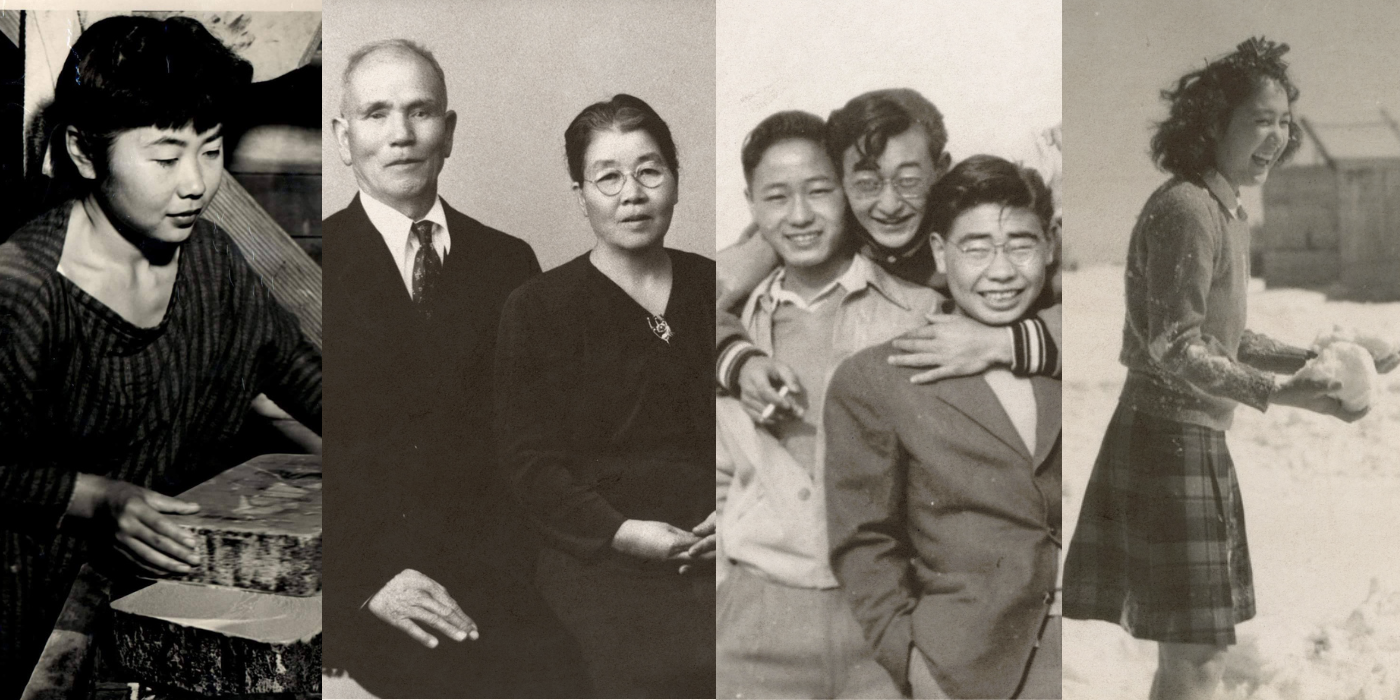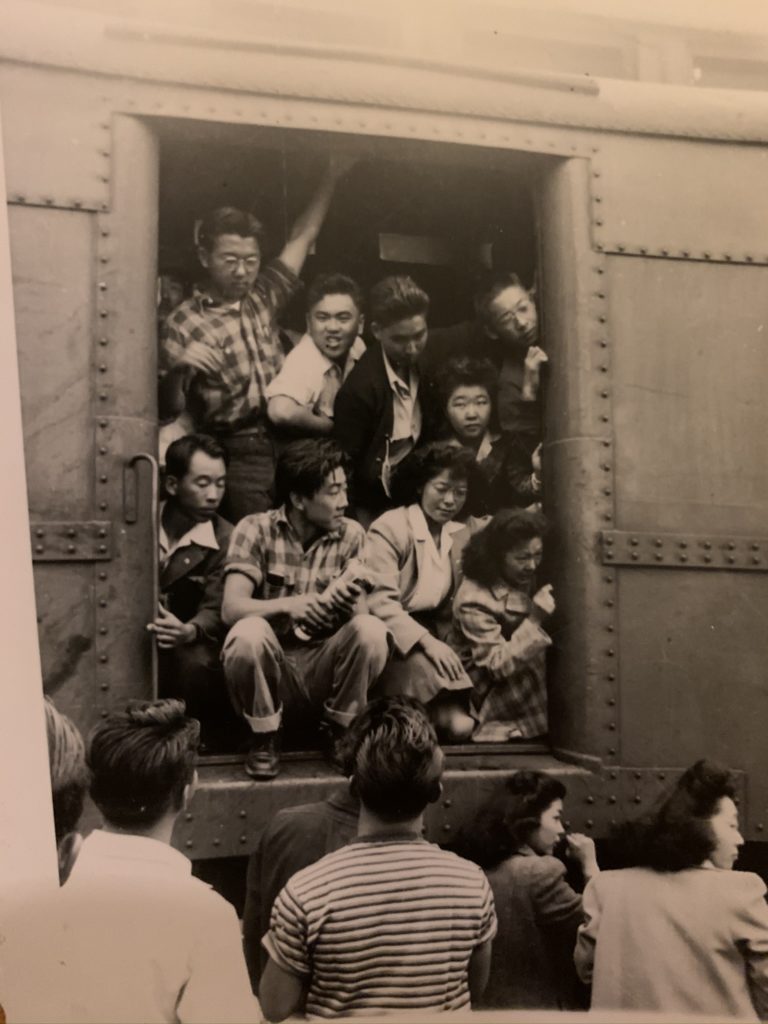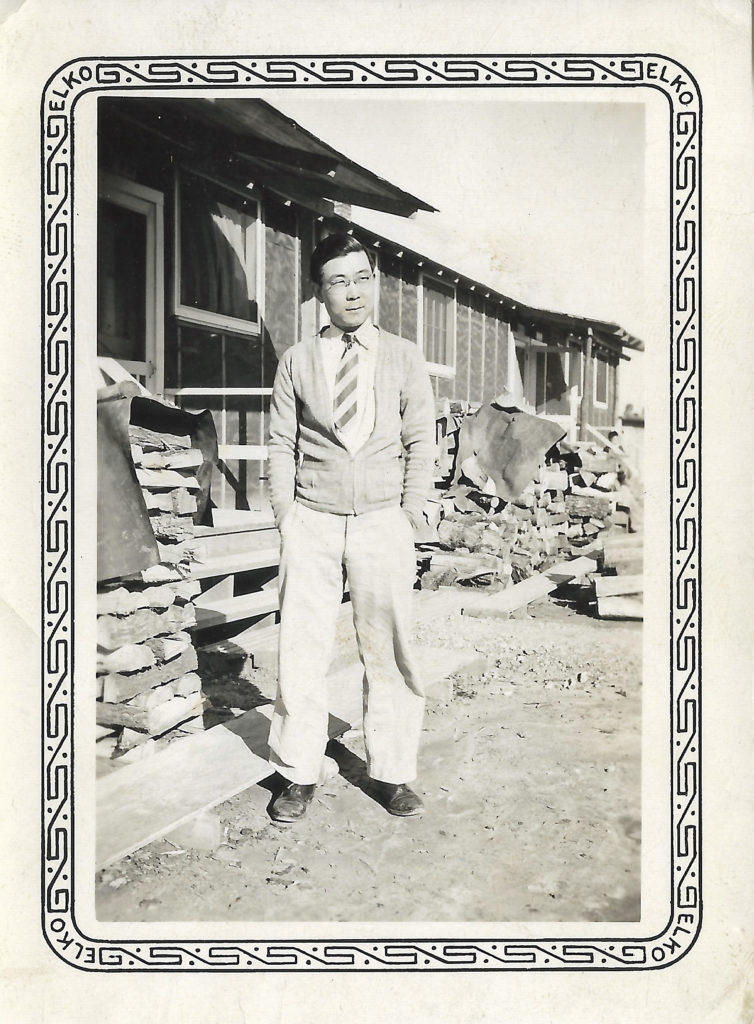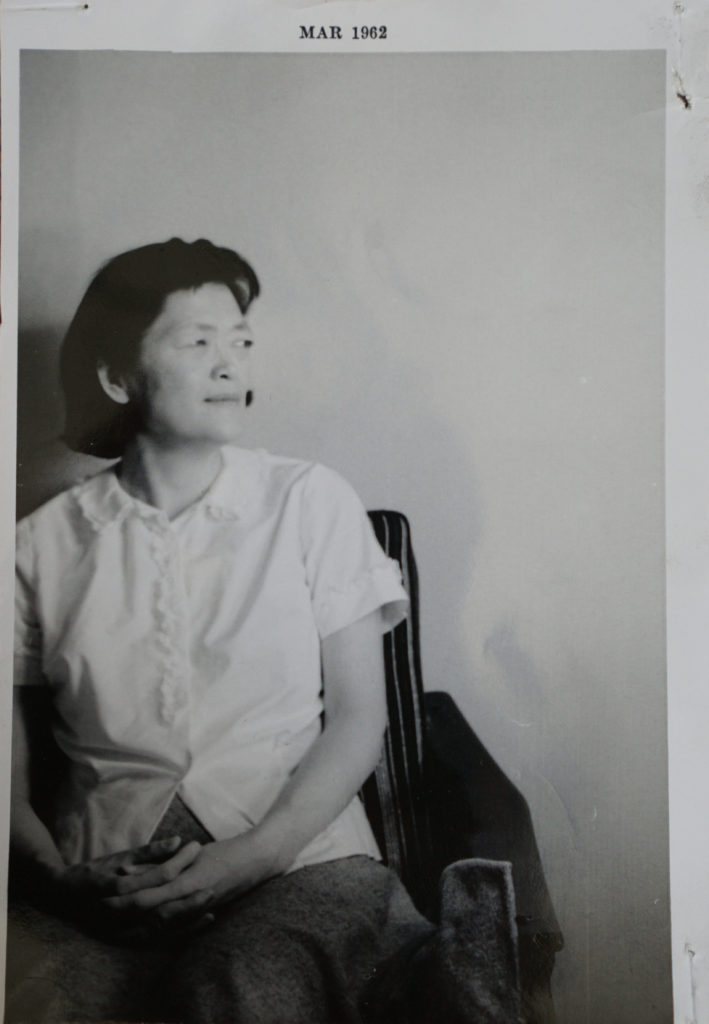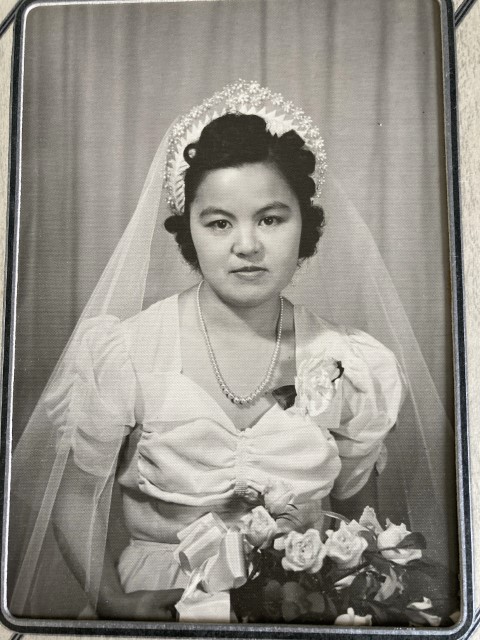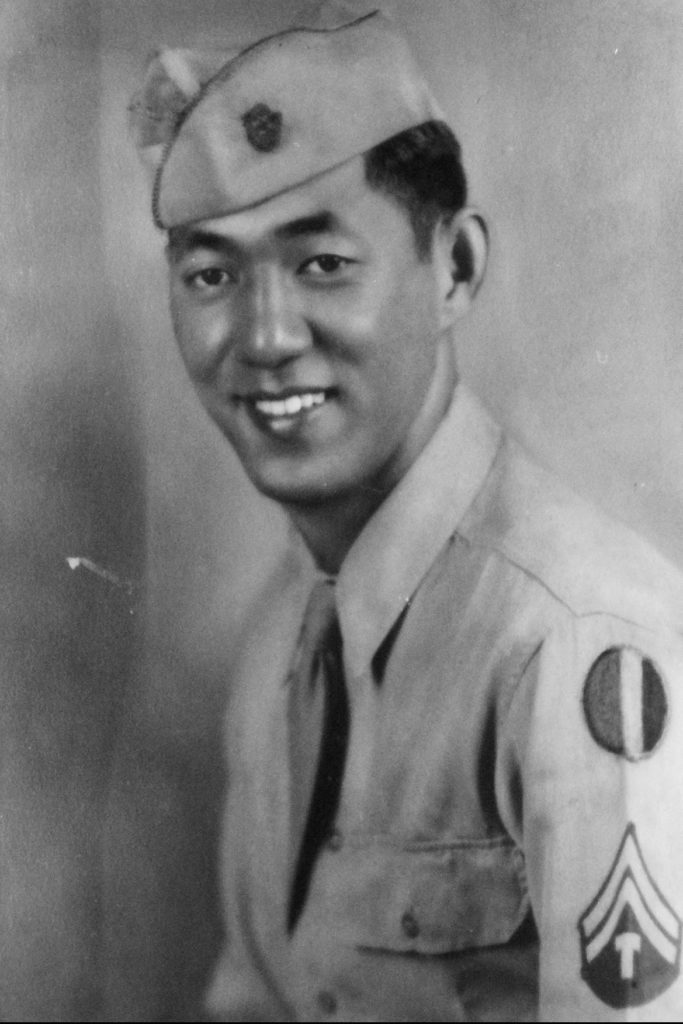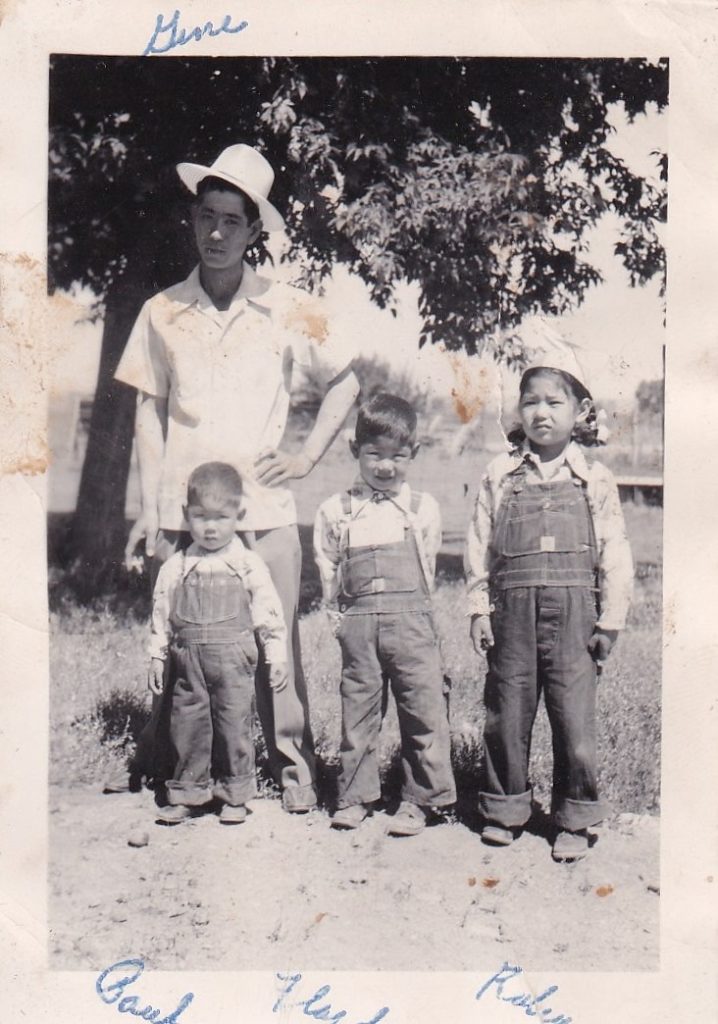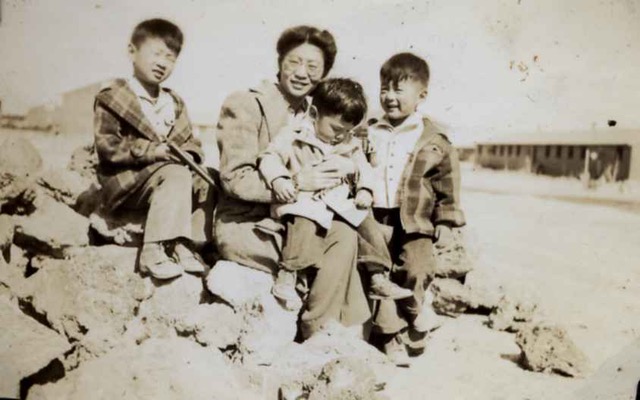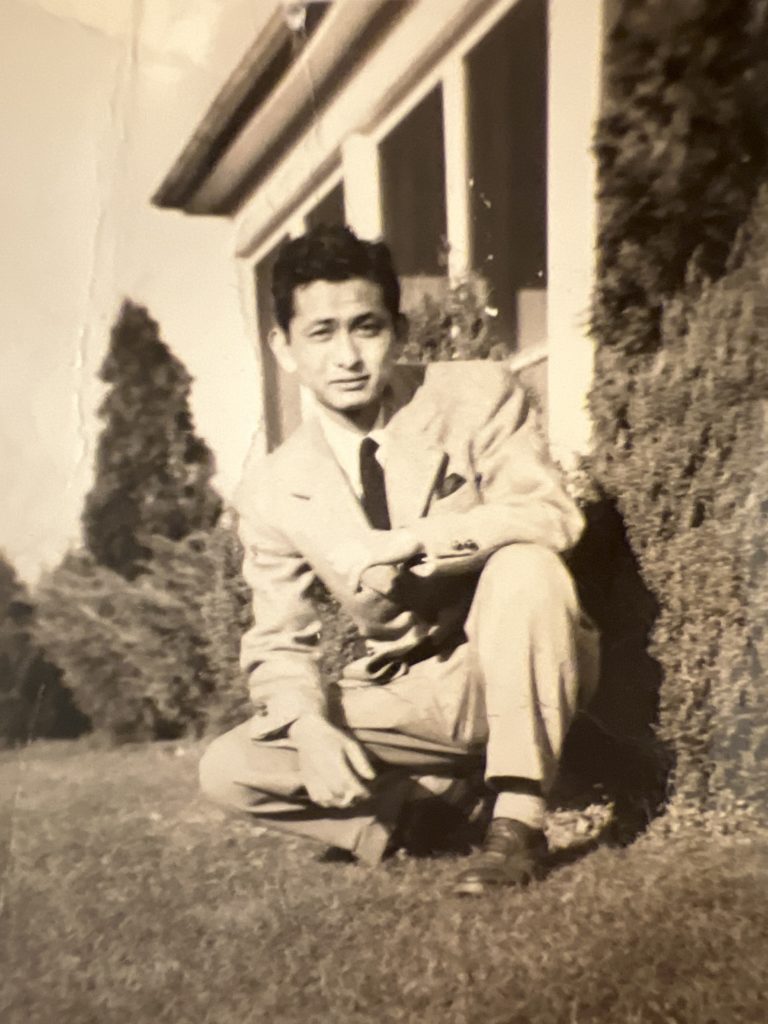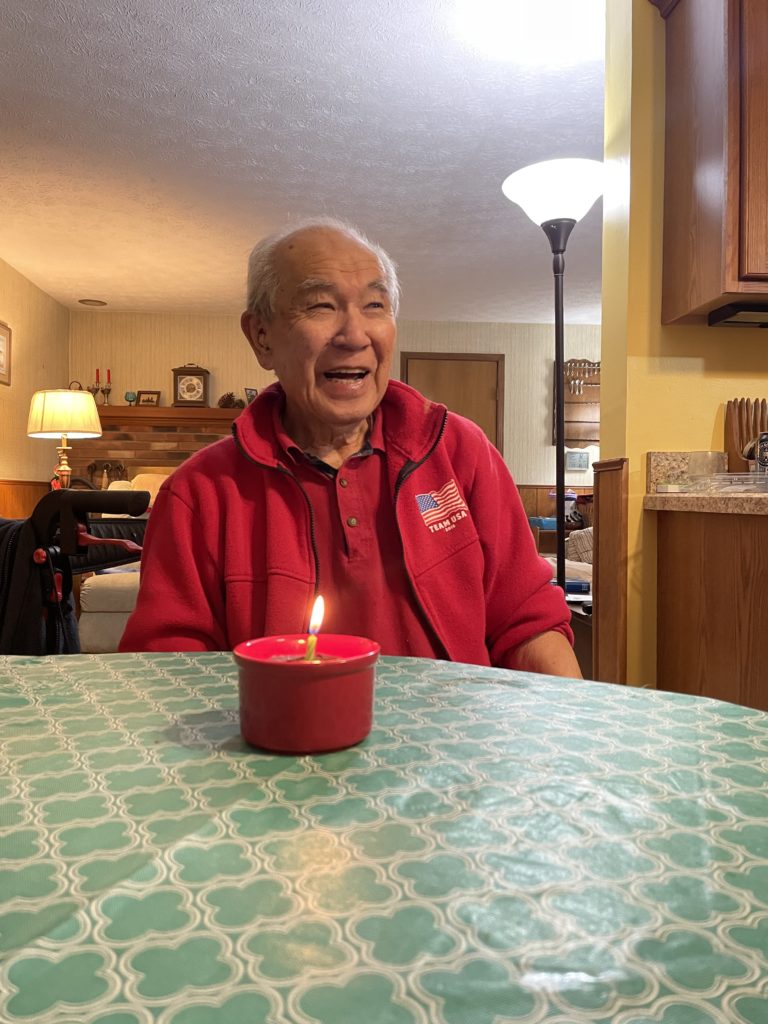February 27, 2023
Last week, Japanese Americans across the country gathered to remember a day that will forever be impressed upon our collective memory. February 19, 1942 — when FDR signed Executive Order 9066 — is a dark anniversary, but there is power in remembering that moment.
In the words of Densho Executive Director Naomi Ostwald Kawamura, “Remembrance is ultimately a restorative act…. Remembrance brings us into community with one another, our ancestors, and the experiences they endured. Remembrance tethers our individual lives to the longer narrative arc of history and roots us in the lineages to which we belong.”
We asked our community to join us in the #WhoWeRemember collective memory project by sharing about the ancestors they held in their hearts this Day of Remembrance. We were so moved by the powerful stories and photos we received, and want to highlight a few of them here.
Thank you to everyone who participated, and be sure to check out #WhoWeRemember on social media to see more!
#WhoWeRemember
Britni Murai writes, “My great grandmother, ‘Mama,’ is pictured here on a train to begin a period of her life that was unknown and unjust. I am honoring my great grandparents who were the epitome of gaman.”
Britni never knew where the photo was taken, but when we posted this image on social media, another commenter recognized their father-in-law in the photo and was able to add that the train is taking incarcerees from Rohwer to the Tule Lake Segregation Center.
Kelsey Moore: “At two years old, my grandfather, Don M. Nagai, was incarcerated with his family at Heart Mountain, Wyoming. This picture was taken by his Auntie Kimie and is captioned, “Don’t Fence Me In.” He is missed, remembered, and loved every day.”
John Yasui shared a photo of his father in 1942: “John Yasui, 32 years old, standing in front of his ‘home’ barracks that housed 11 other families, including his wife and three children. My ‘kibei’ father overcame war hysteria, prejudice, illegal internment and near total economic loss. After WWII he restarted his grocery business, raised six college graduates: a NASA/JPL engineer, a microbiology PhD from the Fermi National Laboratory, a US Navy Special Forces Officer and three teachers. He was a quiet, polite man of honor.”
Rebecca Green: “In honor and remembrance of my mother Mitsue Rottman, who was interned in Poston with her family. Despite huge challenges including the total loss of her vision, she went on to lead a remarkable and accomplished life.”
Arlene Makita-Acuna shared her mother’s wedding portrait, taken near the Granada concentration camp in September 1943: “Grace had several miscarriages during camp and was finally able to have one child after camp: me. Her life was cut short due to contracting the tuberculosis bacteria in camp where she was a nurse’s aid to many tuberculosis patients during her 3½ years at Granada Relocation Center. After camp, she never ‘did’ anything publicly ‘notable,’ but both she and my father raised me with a strong conviction for social justice and human rights. She marched against the Vietnam War with me and later she collected leftover votive candles from local Catholic churches on a weekly basis to supply lighting for the Native Americans occupying Alcatraz Island in the 1970’s. My mother…quiet, yet engaged and relentless in her work and support for the unheard.”
Terry Yamashita sent in a heartbreaking photo originally published by The Seattle Times in their coverage of the forced removal of Bainbridge Island’s Japanese American community: “My grandmother, Tsuya Yamashita, age 47. Being escorted off Bainbridge Island in 1942. Though very frail from sickness she endured the incarceration until her and her husband Kanekuma were released from Minidoka in 1945.”
Alan Kuramoto: “I am honoring my dad, Frank K. Kuramoto, because he never spoke of his time spent at Manzanar or when he served with the US Army during WWII. One of the many silent Niseis of his time.”
Emily Inouye Huey: “I am honoring my father, Dillon Inouye, who was born two months premature in Heart Mountain Camp. He was lucky to survive despite the limited medical resources available and was two years old when the family left camp. They had so little when they got out that any kind of rent would have been a hardship, so they arranged to purchase a broken-down camp barracks for a dollar. His family lived in that barracks for the next ten years.”
Dwayne Takeda: “I’m honoring my grandfather Roy Onga for his strength and resolve. This is his booking photo when he was arrested in early 1942 for being the treasurer of a Japanese language school in Los Angeles.”
Keiko (Yamagata) Weil chose to honor the Yamagata family “for their resilience, courage and grace. Many of you have left this earth, but have nonetheless left a grand legacy in your children, grandchildren, great grandchildren and future generations. We are honored to remember your great sacrifice and courage.”
Pamela Okano: “I’m honoring my mother and her family, the Kawamotos of Leland, Washington, who were pioneers in, and earned the respect of, their community. Their farm has now been preserved in perpetuity.”
Phyllis Nakagawa: “Our Father came from Japan and during the war was not taken to an internment camp because he was raising food. But someone was always near the fields and watched him. After the war, President Eisenhower came to our farm to thank him for having the ‘Highest yield’ of sugar beets in Colorado. That was my father, Gene Yoshitsugu Sasa.”
Dan Sakura: “I’m honoring my grandmother, Agnes Sakura, a Nisei from Washington State. She raised three boys in Minidoka, while my grandfather, Chet Sakura, was serving in the 442nd.”
Lyssa Ichikawa: “I am remembering my grandfather, Seiichi Ichikawa, who had big dreams and a brilliant mind. He was incarcerated as a young man and as a result, was not able to continue his education. Okage sama desu, grandpa!”
We’ll leave you with this sweet tribute from Tami Masuoka: “Today I wish to honor my father, Kayoshi Masuoka who was imprisoned along with his family at Tule Lake and then Heart Mountain. I chose to include a picture taken last month celebrating his 95th birthday. #EO9066 #DayOfRemembrance #NeverAgain”
